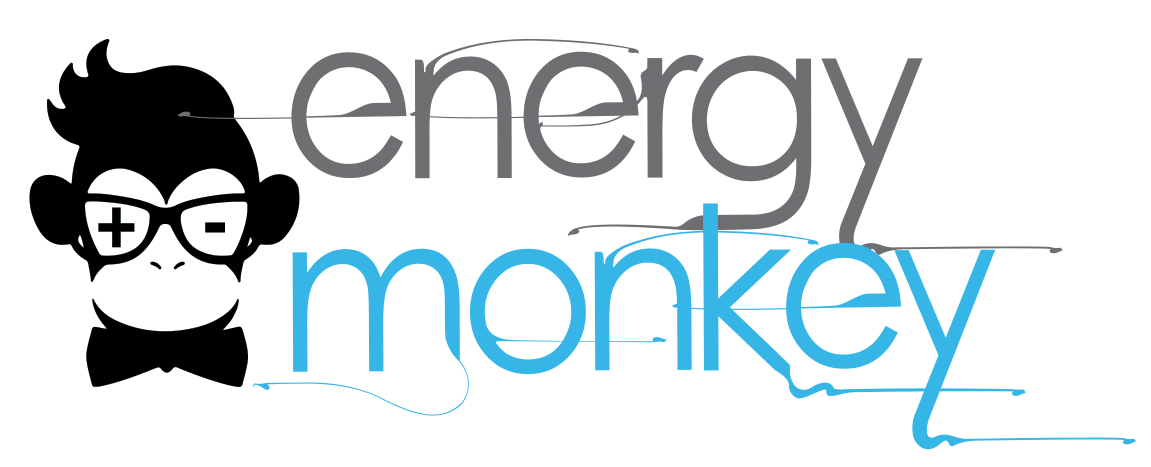Energy Consumption
When designing your system the first thing that you need to think about is what it is that you want to power on a daily basis and how long for. We have produced a calculator that calculates the amount of energy consumption and how much battery storage you will require to store that energy that you will need to be able to run your everyday appliances. Please contact us to go through this.
Energy Generation
Now you know how much energy you need each day you can now look at how many solar panels you need to generate the required amount of energy. Solar panels can be connected in a few different ways which are ‘AC connected’ on a pv string inverter connected on the AC side or ‘DC connected’ on an MPPT (maximum power point tracking) connected on the DC side to the battery.


















